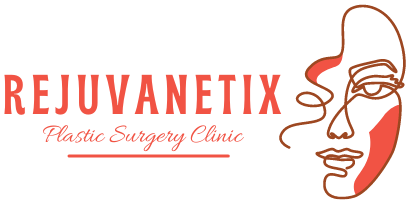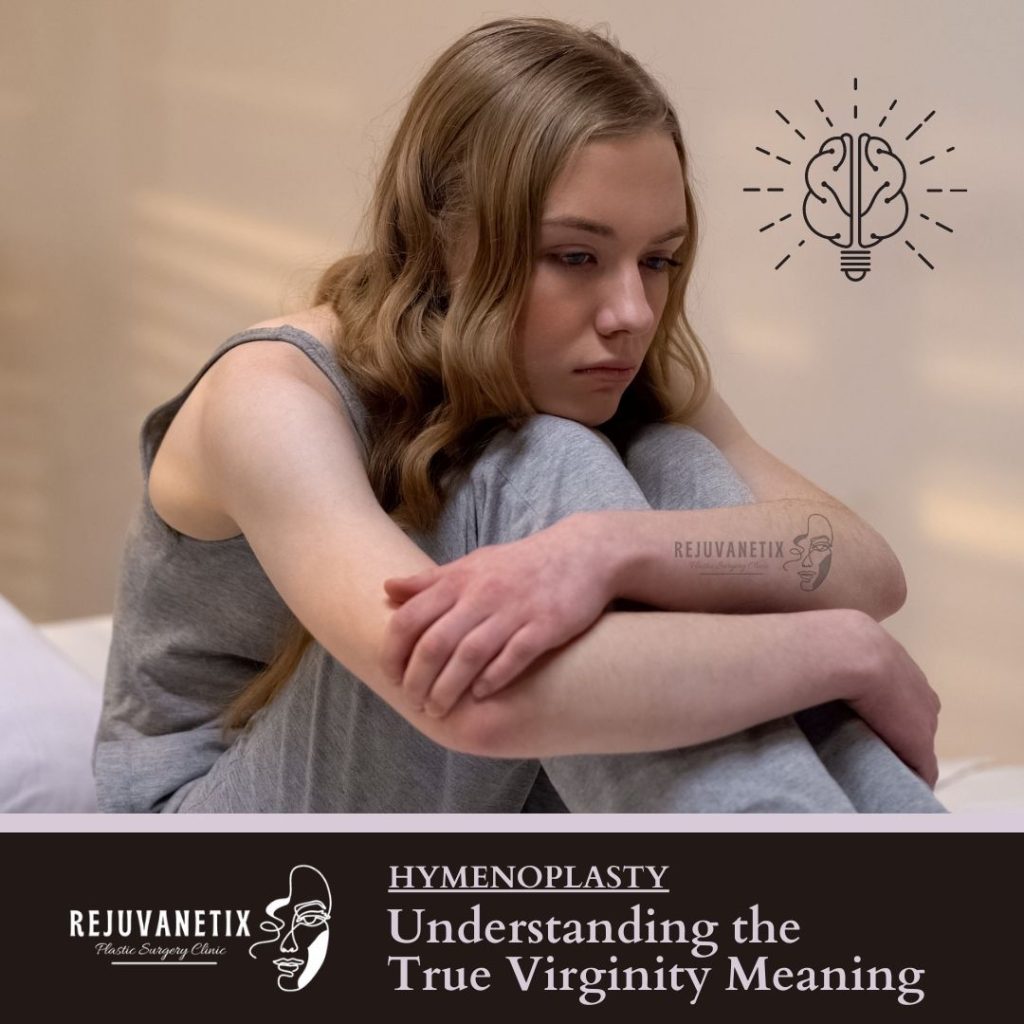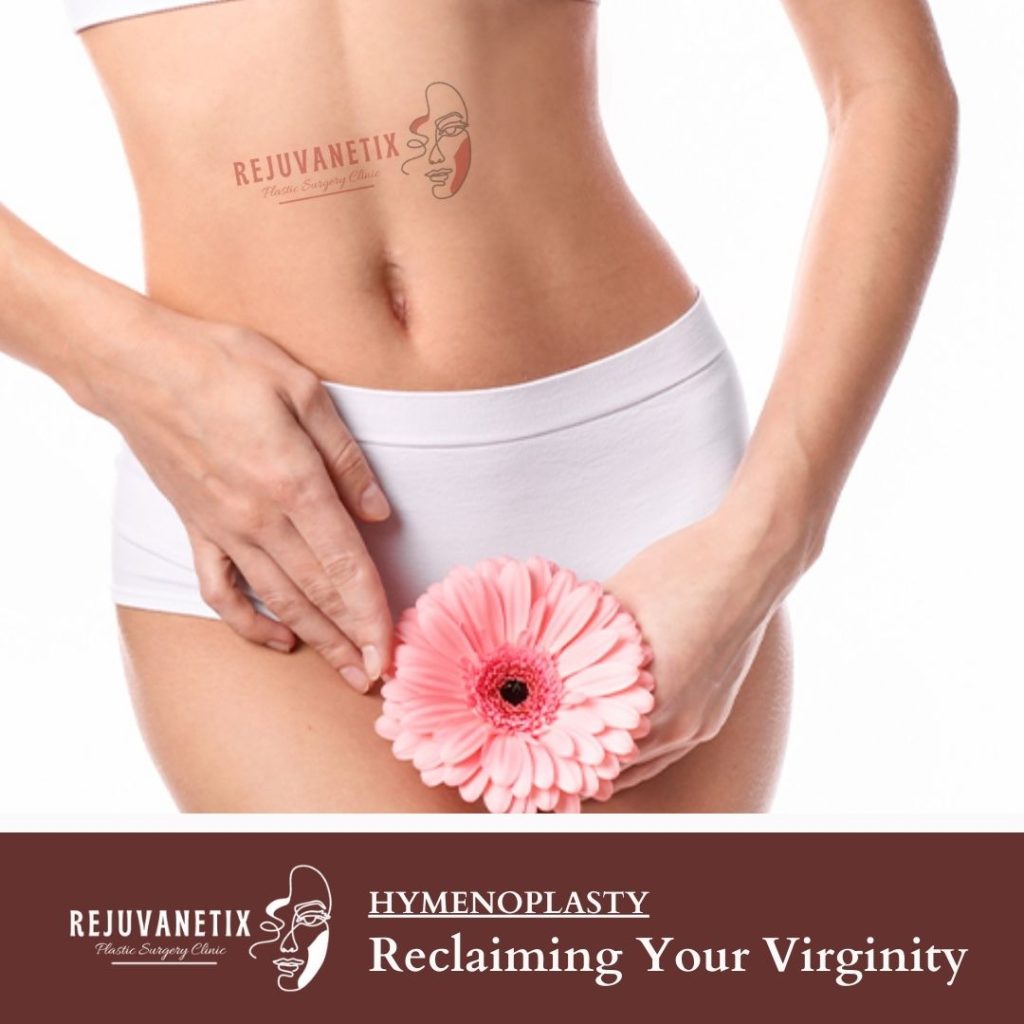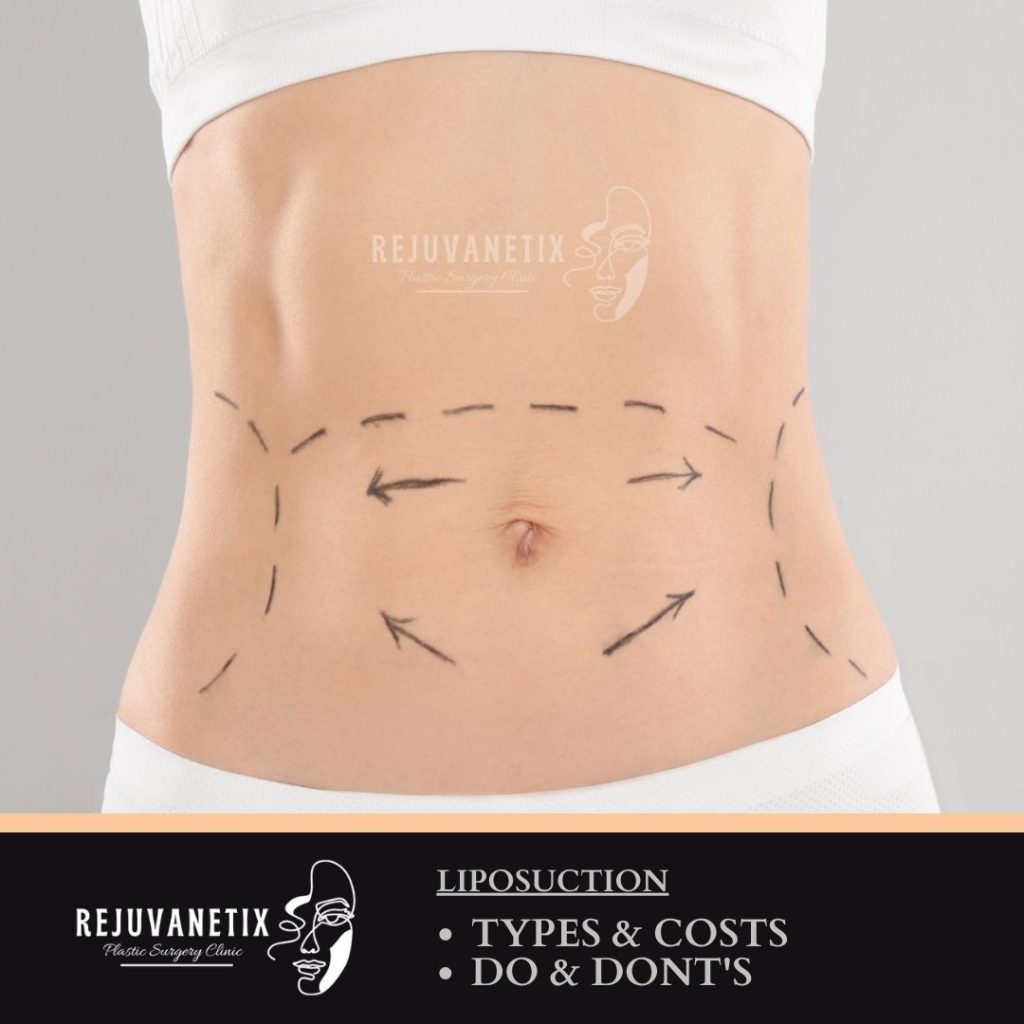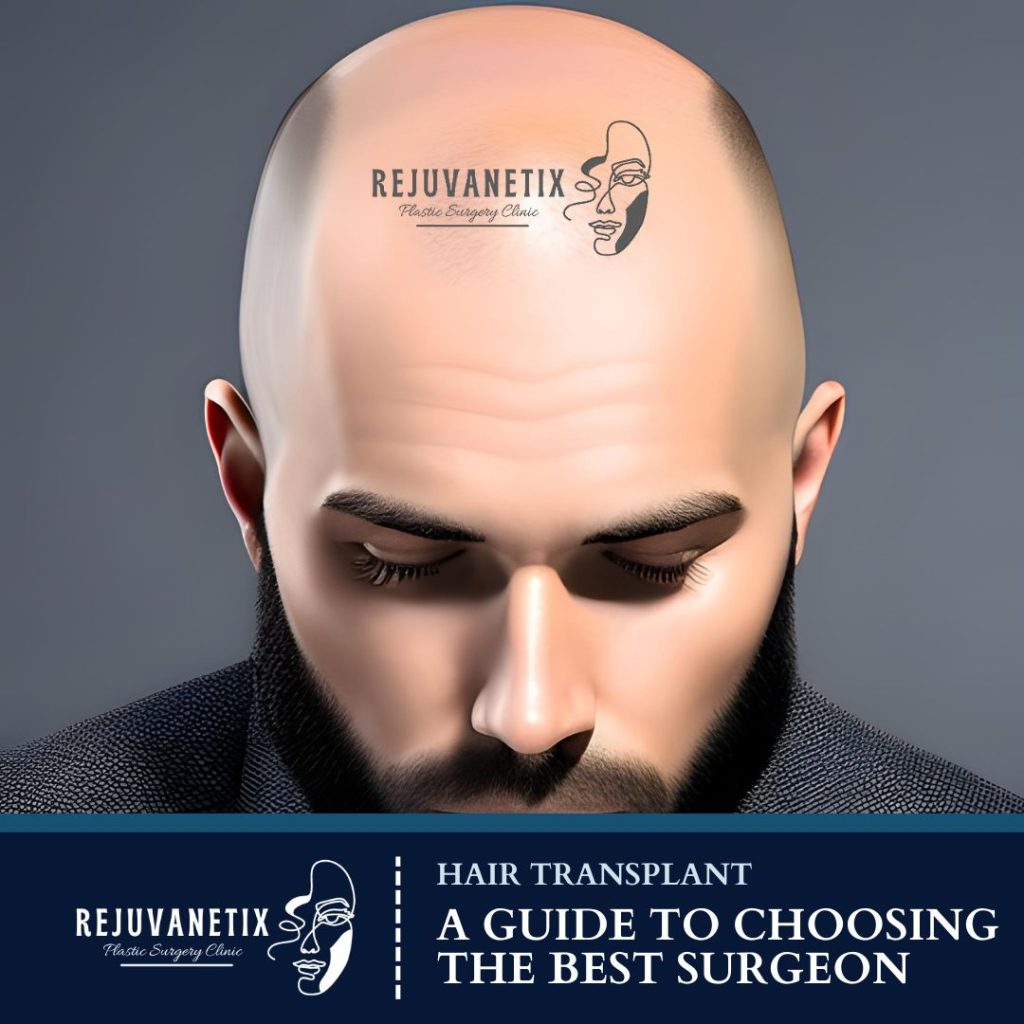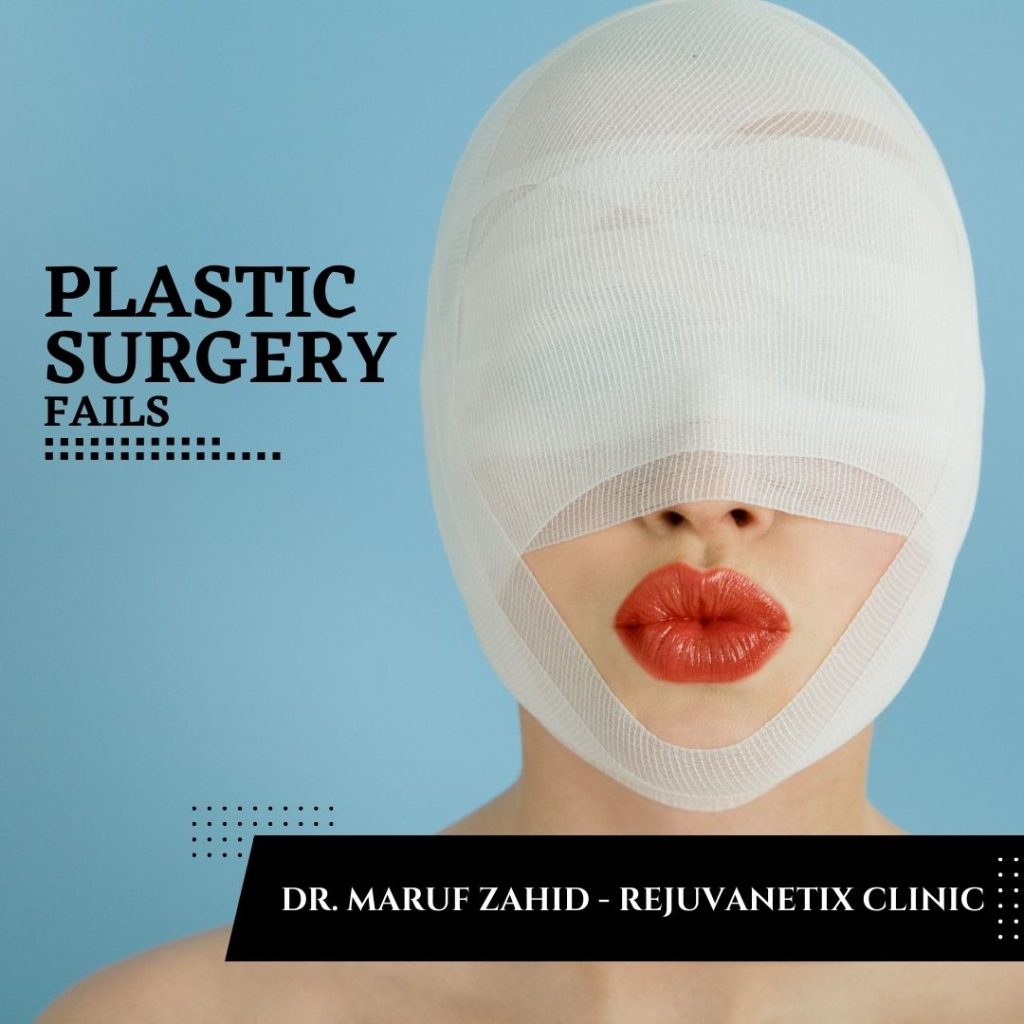The Rise of Hymenoplasty: Empowerment or Reinforcement of Patriarchal Norms?
About Hymenoplasty in Lahore. In recent years, a medical procedure called hymenoplasty has gained significant attention and controversy in the healthcare industry. Hymenoplasty, also known as hymen restoration surgery, is a surgical intervention that aims to repair or reconstruct the hymen.
Historical Context: Virginity and the Hymen
To understand the significance of hymenoplasty, it is important to delve into the historical context surrounding the concept of virginity and the hymen (other than Hymenoplasty in Lahore). Across different cultures and periods, the hymen has been viewed as a symbol of female purity and virginity. Its intactness was often seen as proof of a woman’s moral character and suitability for marriage. This perception stems from patriarchal ideologies that placed a premium on female chastity while often overlooking male sexual conduct.
In many societies, the hymen became a crucial aspect of wedding rituals, with the expectation that they would rupture during the first sexual intercourse, resulting in the presence of blood. This belief served as a form of proof that the bride was indeed a virgin. However, the concept of the hymen as a reliable indicator of virginity is flawed, as the hymen can naturally vary in shape, size, and elasticity, and can also be disrupted by activities unrelated to sexual intercourse.
The Emergence of Hymenoplasty
In recent decades, hymenoplasty has emerged as a surgical option for women seeking to restore or reconstruct their hymen (Specially Hymenoplasty in Lahore). Initially developed to address the needs of sexual assault survivors. Hymenoplasty has increasingly been sought after by women from various cultural backgrounds. Who face societal pressures or fear social consequences due to the importance placed on female virginity.

Real-World Scenarios (Hymenoplasty in Lahore):
To better understand the motivations behind hymenoplasty, let’s consider a few real-world scenarios:
Scenario 1: Cultural Expectations
Sara, a young woman from a conservative culture, is engaged to be married. In her culture, the significance of the hymen in determining a woman’s worth and honor is deeply ingrained. Despite having engaged in consensual sexual relationships in the past. Sara fears the consequences of not presenting an intact hymen to her future husband and family. To alleviate her anxieties and adhere to cultural expectations, Sara considers undergoing a hymenoplasty.
Scenario 2: Sexual Assault Survivor
Emma, a survivor of sexual assault, has undergone a long and difficult healing process. For Emma, hymenoplasty represents an opportunity to regain a sense of control over her body and reclaim her sexuality. By reconstructing her hymen, she hopes to restore a sense of personal empowerment and move forward. From the traumatic experience she endured.
Scenario 3: Socioeconomic Factors
In some societies, women face severe social repercussions, including ostracization or violence, if their virginity is questioned or disproven. But this pressure can be particularly challenging for women from lower socioeconomic backgrounds seeking to secure stable marriages or improve their social standing. Hymenoplasty may be seen as a means to mitigate the potential negative consequences. Safeguard their reputation, and secure a better future.
While these scenarios highlight some of the motivations behind hymenoplasty. It is crucial to acknowledge that individual experiences and cultural contexts vary greatly. It is essential not to generalize or oversimplify the reasons why women opt for this procedure.
Conclusion
As hymenoplasty continues to generate discussion and controversy within the healthcare industry. It is crucial to approach the topic with sensitivity and an understanding of diverse cultural contexts. While hymenoplasty can provide a sense of empowerment and relief for some individuals. Sometimes it also raises important ethical considerations. By fostering open dialogue, promoting comprehensive sexual education, and challenging patriarchal norms. Moreover, we can contribute to a more inclusive and informed society that respects individual choices while striving for gender equality
